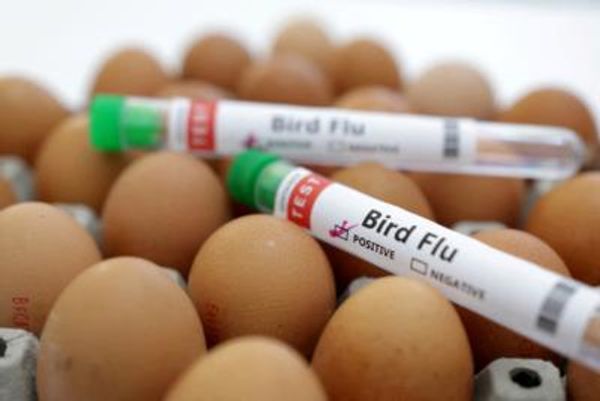Covid-19 infections across England and Wales have risen week-on-week for the first time since July.
The Office for National Statistics has released data revealing that infections have risen in England and Wales, but fallen in Scotland and Northern Ireland. The rise means the total number of people in private households in the UK testing positive for coronavirus stood at 927,900 in the week ending September 14, up 5% from 881,200 in the previous week.
This brings an end to the steady decrease across England and Wales after infections sky-rocketed due to the Omicron variant during June and July. The total number of infections peaked at 3.1 million during that time.
READ MORE: Spain scraps Covid health control form but keeps entry restrictions
Sarah Crofts, deputy director for the ONS Covid-19 infection survey, said: “Today’s data show a mixed picture across the UK, with increases in England and Wales while infections in Scotland and Northern Ireland have decreased. It is too early to see if these changing trends will continue, and we will monitor the data closely to see any impact of the return of schools over the coming weeks.”
In England, the percentage of people testing positive for coronavirus in the week to September 14 was 766,500, or around one in 70 – up from 705,800, or one in 75, in the seven days to September 5. Wales has also seen a rise, where the latest estimate for infections is 39,700, or one in 75 people, up from 28,200, or one in 110.
Scotland and Northern Ireland have both seen a fall, however. In Scotland, 98,800 people were likely to have had Covid-19 in the latest survey, or around one in 55 – down from 113,500 or one in 45, and in Northern Ireland the estimate is 22,900, or one in 80 people, down from 33,700, or one in 55.
Infections are estimated to have risen in north-east England, London, the West Midlands and Yorkshire and The Humber, while falling in south-east England, but the trend in all other regions is described by the ONS as uncertain.
Among age groups in England, the percentage of people testing positive is estimated to have increased for children from school Year 7 to Year 11, and for 25-34 year olds. In all other age groups, the trend was again described as uncertain.
READ NEXT:







